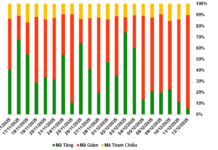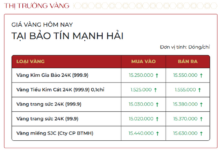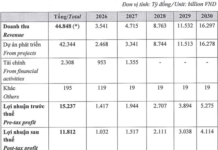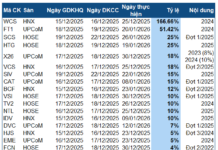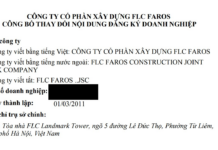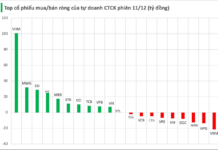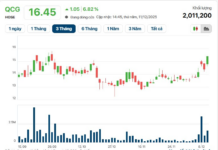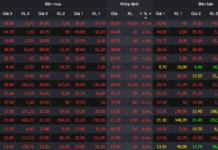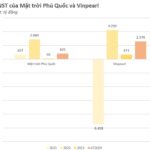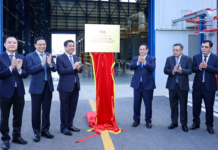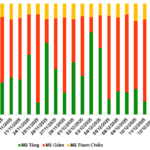Clinker and cement are critical components in the construction industry, playing a vital role in creating sturdy and durable structures.
Since 2010, for the first time, Vietnam has been able to produce enough clinker and cement to meet domestic construction demands. Consequently, Vietnam began exporting these materials. This development led to the establishment of large-scale cement production plants in the country, equipped with advanced technology, enabling Vietnam to compete in the regional and global markets.
Vietnam has solidified its position on the global cement production map, with an annual capacity of approximately 100 million tons, ranking third worldwide (according to 2022 data from the United States Geological Survey). China leads the world in cement production capacity, followed by India, Vietnam, the United States, and Turkey.
Due to various factors, compared to the same period last year, the volume and value of exports of these commodities in the first seven months of 2024 decreased by 1.6% and 13.3%, respectively. Nonetheless, clinker and cement still generated revenue of over $699 million for Vietnam, with exports exceeding 18.2 million tons.
Last July, Vietnam’s clinker and cement exports witnessed impressive growth in both volume and value. According to preliminary data from the General Department of Customs, export volume surpassed 2.5 million tons, an increase of 8.2% compared to the previous month, while export value also rose by 7.7%, reaching over $97 million.
The Philippines, Bangladesh, and Taiwan are currently the largest consumers of Vietnamese clinker and cement, accounting for the majority of the export value of these commodities. The Philippines, with imports of over 4.6 million tons valued at $186 million, tops the list of Vietnam’s clinker and cement export markets. Bangladesh is second with 3.9 million tons and $123 million, followed by Taiwan with 891,000 tons and $32 million.
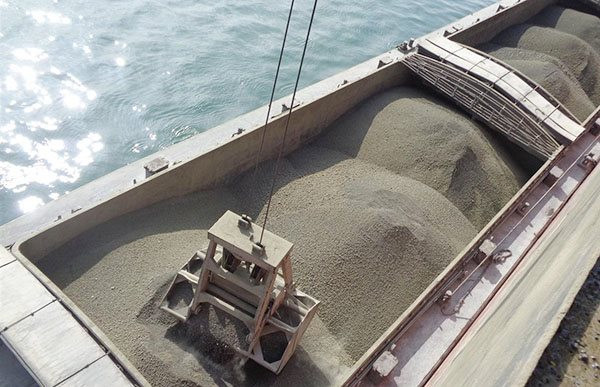
The cement industry is facing significant challenges in production and consumption, with many companies at risk of bankruptcy or partial sale to foreign investors.
Cement Industry Alert
However, Vietnam’s cement industry still faces considerable challenges. These difficulties mainly arise from two key factors: a downturn in the domestic real estate market and declining export prices on the international market.
As shared by Mr. Nguyen Thanh Tung, Deputy General Director of Vietnam Cement Industry Corporation (Vicem) at a press meeting on June 18: “The cement industry continues to be affected by weak demand as the real estate market shows no signs of recovery, public investment projects are slow to implement, cement supply far exceeds demand, the application of concrete roads is limited, and solutions to use cement for ground stabilization have not been widely adopted.”
Additionally, according to the Vietnam Cement Association, the industry is grappling with significant challenges in production and consumption, pushing many businesses to the brink of bankruptcy or partial sale to foreign entities.
At this stage, the cement industry is under pressure due to the economy’s weak absorptive capacity. Domestic consumption is lackluster due to delays in public investment projects, traditional technology usage in road construction, a stagnant real estate market, and a low implementation rate of social housing projects.
According to reports, the supply of real estate across all segments remains limited, input material prices are high, causing significant challenges for construction material manufacturers, slow product consumption, and rising inventories, forcing many companies to halt production lines.
These factors have led to a decrease in domestic cement consumption and exports, increased inventories, and forced some plants to reduce capacity or shut down kilns to limit clinker dumping, negatively impacting production and business efficiency.
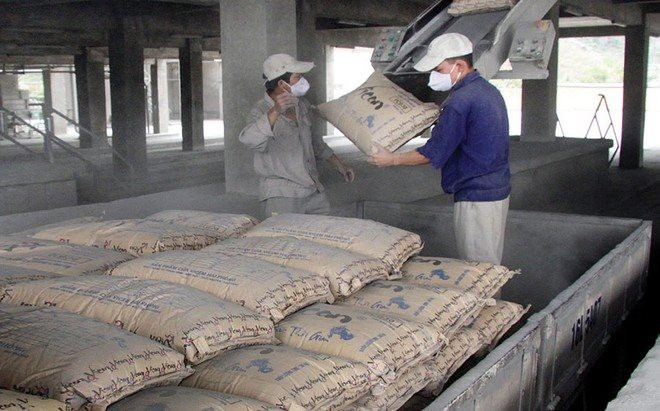
Amid numerous challenges, the cement industry eagerly awaits supportive policies from the government.
Specifically, clinker production in the first six months of 2024 reached 7.63 million tons, equivalent to 45.1% of the 2024 plan and a 7.8% decrease compared to the same period last year. Cement production reached 9.77 million tons, or 45.4% of the plan, representing a 7.2% decline year-on-year.
Similarly, total product consumption in the first six months of 2024 reached 11.45 million tons, accounting for 47.6% of the 2024 plan and remaining unchanged from the same period last year. Cement consumption reached 9.86 million tons, equivalent to 45.6% of the 2024 plan and a 6.2% decrease compared to the previous year.
Consequently, total revenue in the first six months of 2024 reached VND 13,198 billion, or 46.1% of the 2024 plan, reflecting a 19.4% decrease year-on-year. Tax payments reached VND 547 billion, or 51.1% of the 2024 plan, a 20.9% drop compared to the same period last year.
Government Steps In to Support Cement Production
Given the industry’s challenges, the Vietnam Cement Association has submitted a report to the Prime Minister and relevant ministries and sectors regarding the “Report on the Situation of Vietnam’s Cement Industry in 2023, Difficulties, and Recommendations.”
Most recently, on May 14, the Association sent a document to the Government Office proposing amendments to Decree 26/2023/ND-CP to apply a 0% export tax rate for clinker and cement. According to the Association, clinker and cement are not mineral resources, and domestic enterprises are currently at a disadvantage due to the increase in the export tax rate for clinker from 5% to 10% since January 1, 2023, and the non-application of the value-added tax law.
Given the persistence of these difficulties without any breakthrough solutions, at the Conference on Resolving Difficulties and Promoting the Production and Consumption of Cement, Steel, and Construction Materials held on June 15, Mr. Nguyen Quang Cung, Chairman of the Vietnam Cement Association, proposed to the Prime Minister and relevant ministries and sectors to promote domestic cement consumption. This can be achieved by encouraging the use of cement in the construction of highways and flyovers in regions with weak geological conditions, such as the Mekong Delta, some areas in the Central and mountainous regions. He also suggested promoting the use of cement-soil mixtures for roadbed stabilization instead of the traditional method of using soil and sand, thereby increasing the lifespan of the works.
Additionally, he recommended that banks extend loan maturities, reduce interest rates for cement enterprises, increase working capital loan limits, and refrain from encouraging FDI in the cement industry, as domestic enterprises have already mastered the technology.
At the conference, Prime Minister Pham Minh Chinh instructed the Government Office and relevant agencies to organize a conference to assess and identify the causes of the difficulties and propose solutions to remove obstacles and promote the production and consumption of cement, steel, and construction materials in the coming time, especially for key projects such as public investment projects, social housing, the national target program for new rural construction, and other important projects.
Furthermore, the Prime Minister suggested that the delegates discuss and share their thoughts frankly and responsibly, focusing on analyzing the situation of production and consumption of cement, steel, and construction materials in the past time.
At the same time, identifying difficulties and challenges in production, domestic consumption, exports, and finance and proposing key and breakthrough tasks and solutions, as well as specific roles and responsibilities of ministries, sectors, and localities in solving bottlenecks to remove difficulties and obstacles, promote sustainable production and consumption development. development of the cement, steel, and construction materials industries in Vietnam.
Vingroup and Sun Group’s Entertainment and Resort Companies Witness a Profit Surge in the First Half of 2024
Vinpearl’s impressive performance continues with a remarkable post-tax profit of VND 2,600 billion, an astounding 3.8 times higher than the previous year’s figures. This showcases a significant improvement and a testament to their successful strategies.
The Sun Phu Quoc also shines bright with a profit of over VND 825 billion, a remarkable turnaround from the previous year’s loss, showcasing a promising future.
The $5 Billion Dollar International Transit Hub: Unveiling Plans for a 50 sq. km Port in Hai Phong
Kien Thuy District, in the vibrant city of Hai Phong, is set to undergo a remarkable transformation with the development of Nam Do Son Port. This ambitious project boasts a staggering estimated investment of 5 billion USD. Once realized, Nam Do Son Port will serve as a state-of-the-art gateway, facilitating the seamless transshipment of goods for both domestic and international markets in Vietnam.


